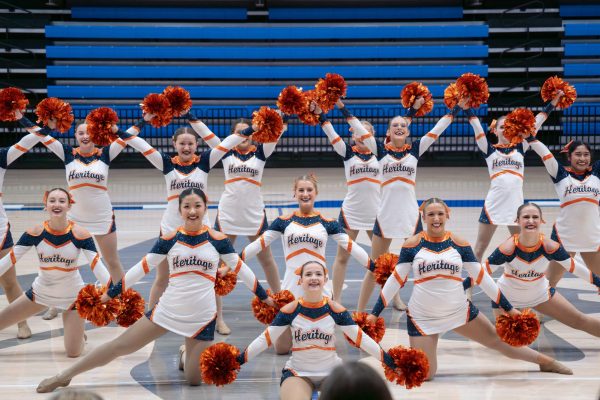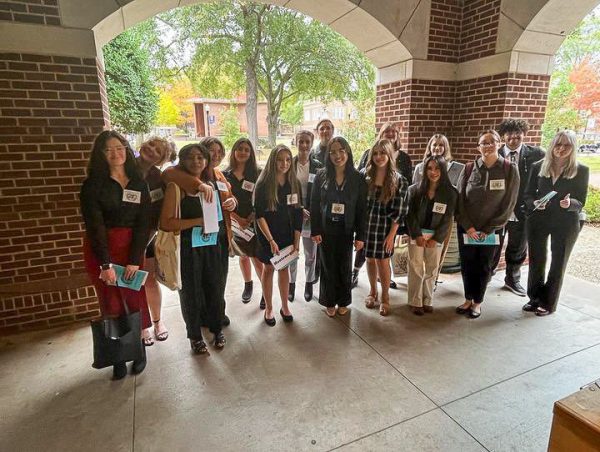Changing the Narrative: the Portrayal of Black People in Films
May 2, 2017
In most movies, you see people of color as “bad guys.” Most importantly, black people are the ones who are shooting their guns at you and selling you drugs. Black women are played as being too loud and obnoxious. They show up in movies to be “the black best friend,” and of the earliest stereotypes is to be a domestic worker or maid. The mostly star in a film when they’re playing a role as a slave or a maid such as; The Help, 12 Years A Slave, The Butler, etc. Before they were brought into films, other actors would portray them in blackface. Blackface is defined by Wikipedia as, “a form of theatrical makeup used predominantly by non-black performers to represent a black person. The practice gained popularity during the 19th century and contributed to the spread of racial stereotypes such as the “happy-go-lucky darky on the plantation” or the “dandified coon”.
Black people are ghetto in the movies, they live in the ghetto, and they can never seem to break these stereotypes. That is until Get Out and Hidden Figures came out, and dominated the box office. They broke the stereotypes of black people having the “bad guy and ghetto girl” stereotype.
“It is one of the very, very few horror movies that does jump off of racial fears,” not-so subtleJordan Peele said of Get Out in an interview from 2014. “That to me is a world that hasn’t been explored. Specifically, the fears of being a black man today. The fears of being any person who feels like they’re a stranger in any environment that is foreign to them. It deals with a protagonist that I don’t see in horror movies.” Get Out focuses on a black man named Chris who is getting ready to meet his girlfriend’s (Rose) parents for the first time. Throughout the movie, Chris must find a way to free himself from Rose’s racially motivated parents as they try to murder him.
Hidden Figures is about three black women -Katherine Johnson, Dorothy Vaughan, and Mary Jackson- who “break race, gender, and professional lines” while working at NASA. The three women deal with not-so-subtle racism. Mary Jackson has to go to court to be able to take classes to pursue a higher/advanced degree in engineering even though the supreme court had already overturned Plessy v. Ferguson. Dorothy Vaughan is doing work of a supervisor, but not getting paid as one, nor does she have the title of a supervisor. In order to save her workers from being fired, she quickly learns how to work a computer. Finally, the movie is centered towards Katherine Johnson (or Gobel). Whenever they request a “computer” or mathematical expert, she’s be given the opportunity to work in the previously segregated Space Task Group. She is the first colored women filled with a room of majority of white men. Johnson makes great strides for women and black people in the movie.
Get Out and Hidden Figures show different aspects of black people that aren’t always shown in movies. Hidden Figures gives a peek of what black excellence can accomplish and the side of discrimination in NASA. Get Out shows a black man being afraid of getting murdered by white people instead of vice versa.













